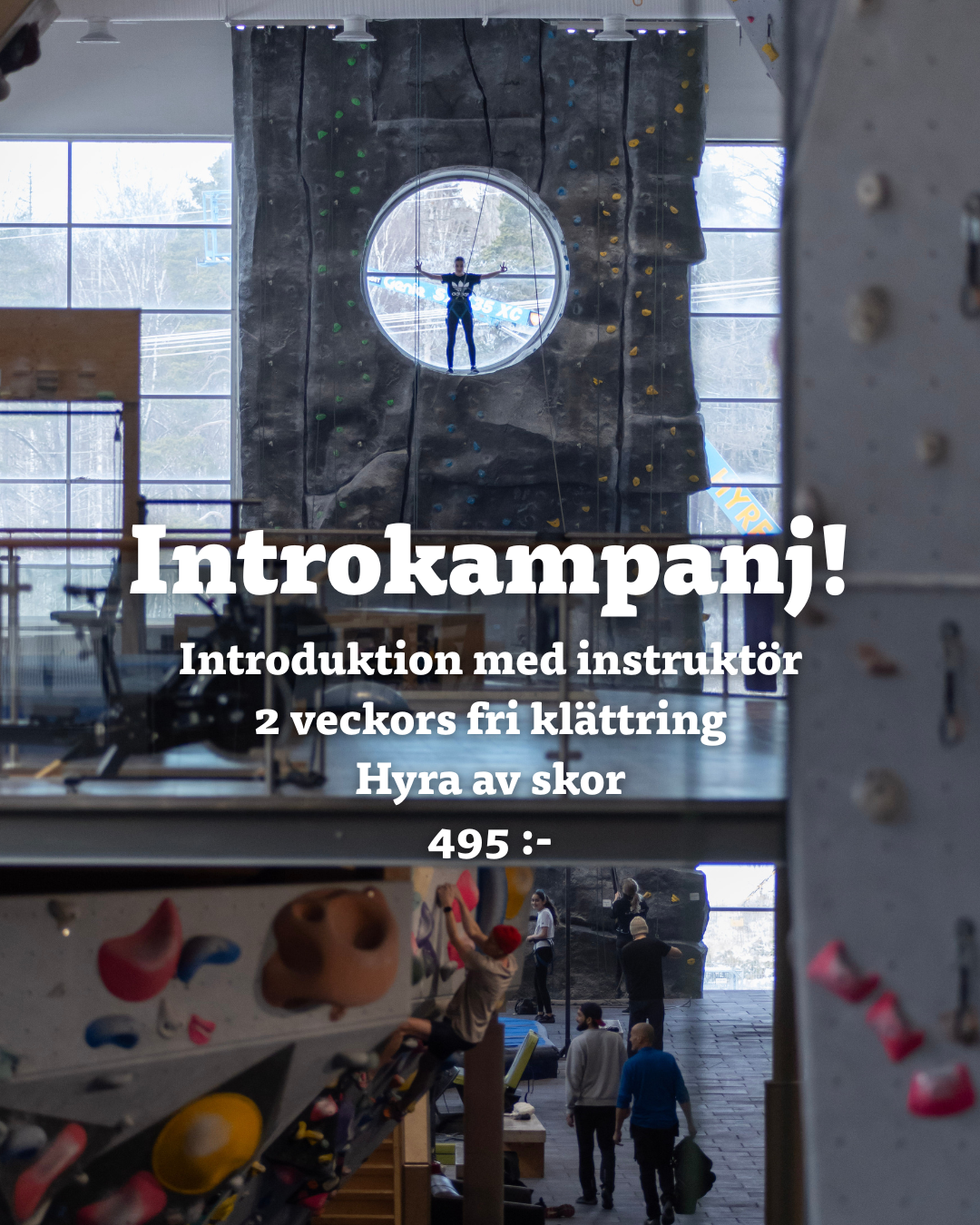About grading
Performance and achievements in sports are often measured in time, distance or points. Or, maybe by counting the number of goals compared to the other team. There’s often a clear winner in the end, even if it’s not a competition.
In the climbing world we use a grading system that’s not similar to anything else in the sporting world when it comes to measuring performance. It’s a system that refers to the perceived difficulty of climbing something from the beginning to the end.
The grading system exists to help climbers understand how hard the climb up ahead is. But depending on your own strengths and weaknesses, it can be perceived in different ways. Maybe you’re really strong and like to climb dynamically, or maybe your strength is in your foot work and slow static moves. Different climbers will experience the same route and problems in different ways, and often solve the puzzle differently.
So, with all these differences, how do you grade a route or a problem?
Outdoors it’s the person that does the first ascent who grades the route. Indoors it’s the route setters job. Remember all the differences? That applies to route setting as well. The grading system is subjective and may vary from gym to gym, and in some cases, from route setter to route setter. The grade exists to help you, and to challenge you. Don’t get bummed out if you don’t manage to climb a route with a grade you normally climb. See it as a challenge and try to solve the problem. Maybe you need to try something different or climb in another style?
The way we grade at Klättercentret
All our routes and problems are graded after the French grading system. The gradings starts from 3 and rises after that. From grade 5 the number is followed by the letters a, b or c. And starting from grading 6 the letters can also be followed by a plus-sign (+). The higher the grading, the more fine tuned the grading becomes. On every route and problem there is a sign with the given grade of that route/problem.
Remember
Most importantly, have fun while climbing! If you get stuck on something, ask other climbers for advice or different ways of climbing that part (different betas). You’ll be surprised what you can do when you put both your body and mind to it.


